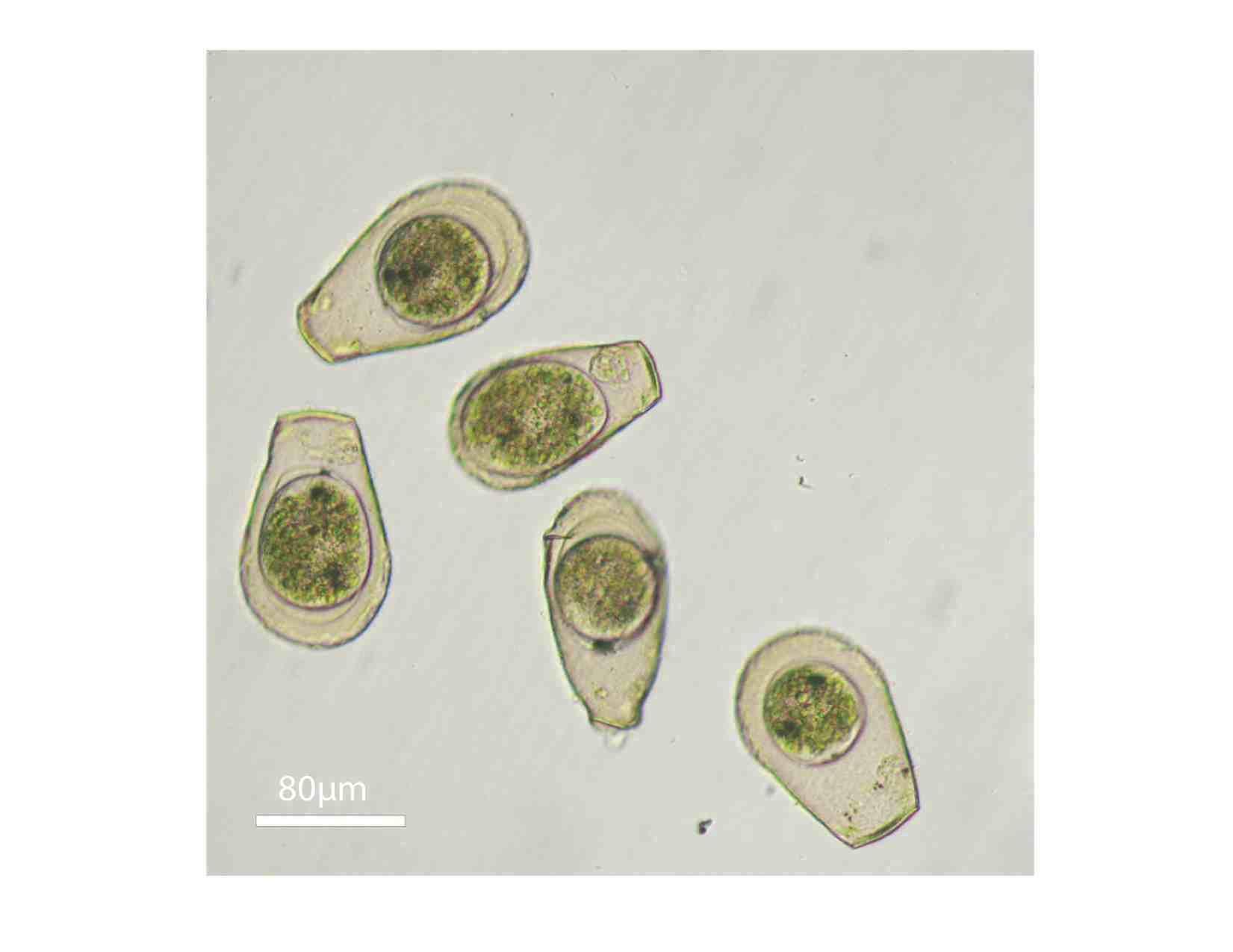Testate amoebae: using microbes to understand the past
Posted on August 22, 2018 by Laura Cox
Next month, the Microbiology Society will host the 9th International Symposium on Testate Amoebae (ISTA9) in Belfast. What are testate amoebae, and how are scientists using them to determine what the landscape looked like thousands of years ago?
Testate amoebae are single-celled protists which are around 50μM long – that’s about 1/200th of a centimetre. They live in wetland and soils, and are encased in a hard shell, called a test.
The amoebae make the test from their own secretions or materials collected from the surrounding environment. Because the test remains long after the amoebae inside has died, scientists can use them to determine how the landscape has changed.
Testate amoebae are incredibly sensitive to environmental changes, including increased pollution, changes in water conditions and temperature. This makes them an ideal tool to study where historical environmental changes have occurred as well as monitoring ongoing climate change.
The amoebae live on the surface of peat bogs and as conditions change, they die, and their tests are left behind. The profile of the remaining shells left can be used as a biological fingerprint, with scientists using carbon-dating techniques to determine exactly when conditions changed.

- Testate amoebae species Hyalosphenia papilo shown inside their tests. The narrow
- opening is called an aperture, a small hole used by amoebae to feed and swim.
There are over a thousand species of testate amoebae, each of which has a different test shape and pattern. Scientists use microscopes to identify different amoebae species from the shape and colour of the test. Different species live in different environments, with some thriving in very wet conditions, whilst others may be more suited to drier habitats.
Knowing which environments amoebae can survive in means that scientists can use their fossilised shells to determine what the landscape looked like long ago. Climatological events, like drought, tornadoes and wildfires cause significant changes to the environment, and can entirely reshape the land.
From September 10 - 14, scientists will come together to discuss the challenges of testate amoebae research in different environments. Results from research expeditions to the Arctic, the Peruvian Amazonia and North America will all be presented.
To register for the Focused Meeting, which will be hosted in Belfast, click here.

